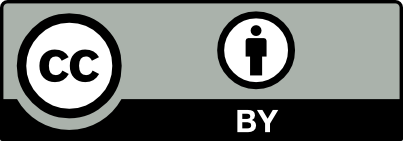Adobe PDF
(1.01 MB)

Page view(s)
556
checked on Nov 19, 2023
Download(s)
131
checked on Nov 19, 2023


 CC BY 4.0
CC BY 4.0